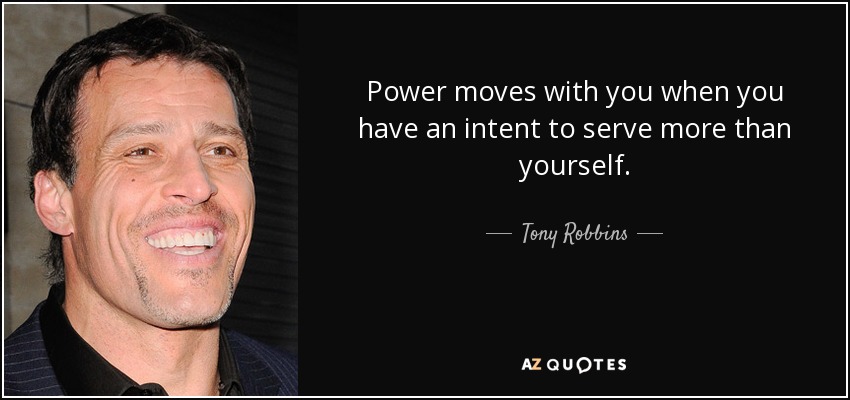♟️Strategy - Attributing Positive Intent

Why
Often, misunderstandings arise because we assume negative intent behind others' actions (or even to ourselves). The truth is, everyone ultimately seeks love and acceptance, even if their expressions seem hurtful. By shifting our mindset to attribute positive intent, we can reduce conflict, improve relationships, and create more meaningful connections.
"Trade your expectations for appreciation and your whole world changes." – Tony Robbins
What
The Attributing Positive Intent strategy is a coaching technique designed to help individuals assume good intentions behind the actions of significant people in their lives (our yourself). This shift in perception fosters empathy, enhances communication, and mitigates conflict.
Key aspects include:
- Recognizing that everyone ultimately wants to be loved, even if they express it poorly (RMT Power Session Replay 01-27-2022).
- Helping clients discover the positive intent behind behaviors that may initially seem negative or hurtful.
- Encouraging clients to reframe their interpretations of others' actions, focusing on potential good motivations rather than assuming malice.
- Teaching clients to look beyond surface-level interactions and consider the underlying needs or desires driving someone's behavior.
- Promoting empathy and understanding in relationships by considering the other person's perspective.
How
To implement this strategy:
- Identify Triggers: Recognize situations where you feel hurt or upset by someone's behavior.
- Reframe the Intent: Ask yourself, "What positive reason could be driving this action?"
- Adjust Your Response: Instead of reacting with frustration, respond with curiosity and understanding.
- Practice Empathy: Consider the other person’s circumstances, challenges, and emotional needs.
- Engage in Open Dialogue: Express your feelings in a non-confrontational way, allowing space for understanding.
Example
Here’s how this strategy can be applied across different areas of life:
- Physical 🟧: A colleague abruptly cancels plans. Instead of feeling rejected, consider they might be overwhelmed and need rest. Respond with support rather than resentment.
- Intellectual 🟦: A teacher critiques your work harshly. Instead of assuming they dislike you, recognize they may be pushing you to improve because they see potential.
- Social 🟢: A friend doesn’t text back. Instead of thinking they are ignoring you, assume they are busy or dealing with personal struggles.
- Spiritual 🔴: A family member dismisses your beliefs. Rather than feeling attacked, see it as a reflection of their personal journey and experiences.
Resources:
- RMT Power Session Replay 01-27-2022
- "The 5 Love Languages" by Gary Chapman
- "Radical Acceptance" by Tara Brach
- Core 100 Module 2 - Dana & Greg (Ladder of Positive Intention)
- - @Core 100 module 10 (Coming soon)

By attributing positive intent, you can cultivate healthier relationships, foster deeper understanding, and navigate conflicts with grace and compassion.
"Power moves with you when you have an intent to serve more than yourself." - Tony







Member discussion